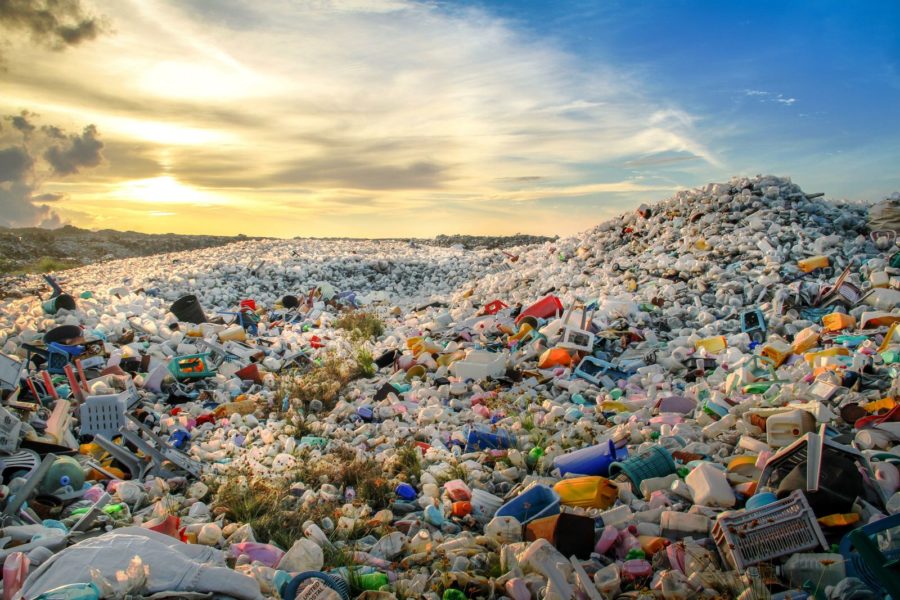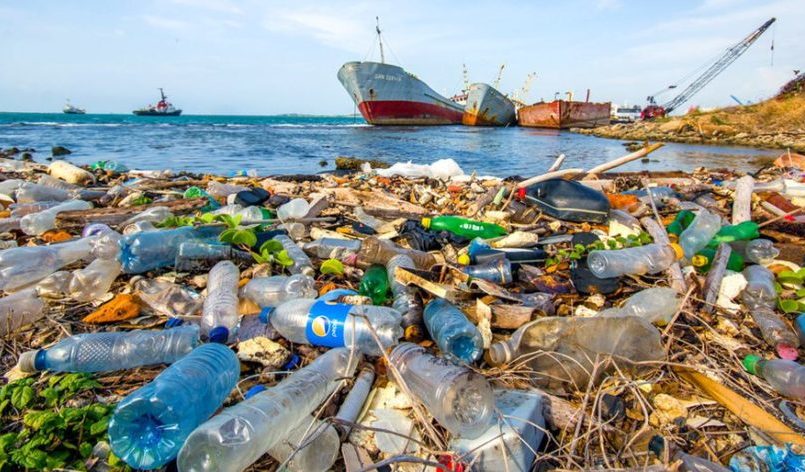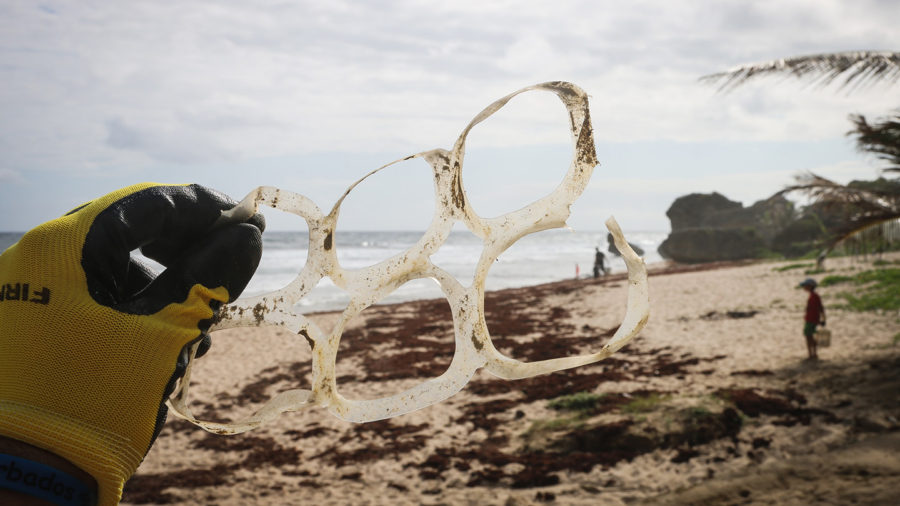50 Years ago
In the 1970s, amid public calls for eco-friendly products, scientists developed plastic that could quickly break down when exposed to light. Fifty years later, plastic pollution is still a problem.
Excerpt from the August 7, 1971 issue of Science News
Written content from Aina Abell
This plastic will self-destruct — from Science News, August 7, 1971
Public indignation over litter and garbage has caused industry to ask chemists whether self-destroying, or quickly degradable, plastics might be devised to replace indestructible … glass, aluminum and plastics, which comprise the largest segment of consumer waste.… [Chemist James] Guillet and his team … devised a self-destroying plastic that is about ready for marketing — a wrapping paper that disintegrates in about a month.
Update
Guillet’s work on polymers that degrade via light helped pave the way for their wider commercial use. But these materials may have created more problems than they solved. Most plastics wind up in landfills where the materials don’t get enough light to degrade as intended (SN: 1/30/21, p. 20). Plastics that do break down turn into microscopic pieces that can wind up in ecosystems and harm animals. Read more from Science News
Self-destructing’ plastic helped define a new British Standard for biodegradability
The following written content from Dominic Bliss

OUT IN THE North Pacific Ocean is a vast mass of floating debris, christened The Great Pacific Garbage Patch. Comprising two expanses of human-produced rubbish – one near Japan, the other between California and Hawaii – its total area has been estimated at 620,000 square miles (three times the size of France). There are similar, if not quite so large garbage patches in all the planet’s other oceans, amounting to over five trillion pieces of plastic in all, according to environmental charity The Ocean Cleanup.
In 2017, in an effort to highlight the problem, a group of environmentalists petitioned the United Nations to recognise The Great Pacific Garbage Patch as an official nation, calling it The Trash Isles. They designed passports, currency and a flag; they invited members of the public to become citizens (Al Gore was the first) and even established a monarchy, appointing the actress Dame Judi Dench as queen. Their ultimate goal? To officially oblige other nations to clean up The Trash Isles.
But cleanup is only one part of the problem: adding to it is the other. And with a material of such persistence as plastic, it’s a big one.
‘Biotransformation’
One solution would be a type of plastic that would biodegrade – and truly biodegrade, rather than just turning one piece of plastic into many smaller fragments – before it washed down our rivers and into our oceans.
This is the ambition driving a British company called Polymateria. It has developed a process to manufacture plastic it says decomposes harmlessly in the natural environment. It involves mixing an additive in with normal plastics during manufacture to create food and drink packaging, shrink wrap, bubble wrap, fruit nets, plastic bags and the like.
Although it can be recycled in the normal way, what’s more is that – should it get discarded as litter – instead of languishing on roadsides, at fly-tipping sites and eventually ending up in the rivers and the oceans like so much normal plastic, it will decompose into harmless waxes in a matter of months. Bacteria and fungi will digest these waxes, breaking them down into carbon dioxide, water and more microbes. Crucially, there are no microplastics left behind.
Polymateria are calling it “biotransformation”. Once the technology comes to market – it’s currently being tested in a handful of countries, including the UK – it could totally transform the packaging industry, and the volume of persistent waste it produces.
Niall Dunne is Polymateria’s CEO. When it comes to plastic litter, he explains, there is one type that plagues us more than any other. They are called polyolefins, and they include polyethylene (plastic bags, packaging etc) and polypropylene (plastic cups and cutlery, bottle caps and containers).
A comprehensive 2016 review of plastic production found that of 8.3 billion metric tons of plastic ever produced, 6.3 billion has become plastic waste – and of that, just nine percent has been recycled.
More specifically, in 2016 Polymateria’s scientists estimated that at least 42 million tonnes of polyolefin packaging end up in the natural environment every year (and growing). “They are the most littered plastic on Earth,” Dunne tells National Geographic UK. Read more from National Geographic






